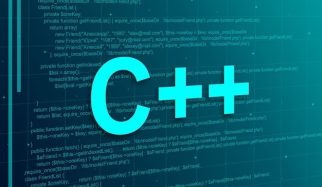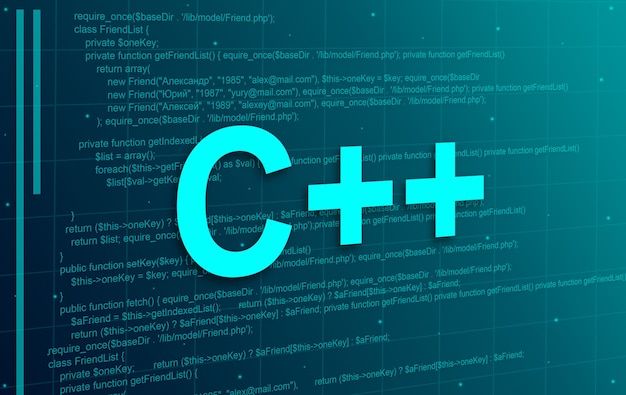If you’ve ever used AI — whether it’s for coding, brainstorming, or just venting about your day — you’ve probably realized one thing: the output you get depends heavily on how you ask.
Recently, while working on a project at my company, I dove deep into different prompting methods to see what really works. The results? A mix of simple yet powerful strategies that can instantly make your prompts sharper and your AI outputs more useful.
Let’s break them down.
What is “Shot” prompting?
“Shot prompting” is just a fancy way of describing how many examples you give the AI before asking your real question.
Zero-shot prompting
No examples, just a direct question. Surprisingly, modern models like GPT or Gemini often handle this really well. That’s because they’re trained on massive datasets and fine-tuned with techniques like RLHF (Reinforcement Learning with Human Feedback), which teaches them to align with human preferences and provide helpful, safe answers.
One-shot prompting
You give one example to show the format you want. Works great for small tasks where consistency matters.
Few-shot prompting
Here, you provide multiple examples — sometimes even covering edge cases. This helps the model better understand the exact structure and style you’re looking for.
Advanced Prompting Methods-
Once you’ve got the basics, you can layer in more advanced techniques that unlock the model’s reasoning abilities.
Chain-of-thought prompting
Ask the AI to “think step by step” before answering. This simple trick often makes reasoning-heavy answers more accurate.
Example: “Explain your reasoning step by step before giving the final answer.”
Self-consistency prompting
Instead of one response, ask the model to generate multiple reasoning paths and then aggregate the answer. This reduces mistakes in complex tasks.
Role prompting
Tell the AI who it should “be” when answering. This sets context and tone instantly.
Example: “Act as a recruiter reviewing resumes.”
Best Practices for Prompting
No matter which method you use, a few golden rules always apply:
Be highly specific.
State your goal clearly.
Specify the desired length of the output.
Set the tone (casual, professional, technical, etc.).
Use roles or personas to shape responses.
Final Thoughts
Prompting isn’t just about asking questions — it’s about orchestrating conversations with AI. The more deliberate you are with structure, examples, and tone, the more the model will feel like a true collaborator rather than just a tool.
If you’re experimenting with AI in your workflow, start with these prompting methods. Try a zero-shot, then a few-shot, then role prompting. Compare the results. You’ll be surprised how much the how matters.












